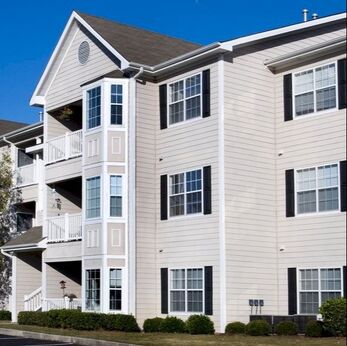Improving Wireless Connection and Performance in Multi-Unit Environments for Maximum Customer Satisfaction
In the current environment, having a robust and dependable Wireless signal is crucial, especially in multi-unit environments like flats or condominiums. Many individuals depend on the internet for work, education, and entertainment. However, Wi-Fi signals can struggle to reach every corner of these structures due to multiple barriers. These obstacles can include partitions, floors, and other electronic devices that interfere with the connection. To enhance Wireless signal strength and functionality in these environments, it is critical to understand some basic principles of wireless communication.
One efficient way to boost Wireless performance is by strategically positioning gateways and access points throughout the building. A middle placement is usually ideal, as it enables the coverage to propagate evenly in all directions. In larger multi-unit units, multiple access points may be required. These units help extend the range of the Wi-Fi infrastructure and deliver better coverage to residents in different parts of the building. Additionally, deploying equipment that adhere to the current Wi-Fi protocols can result in faster speeds and better overall efficiency.

Another important aspect in optimizing Wi-Fi connectivity is minimizing disruption from other electronics. Many household appliances, such as ovens and wireless handsets, premium mdu wifi services can interfere with Wi-Fi signals. It is advisable to position routers away from these devices to maintain a more stable connection. Additionally, modifying the frequency configuration on a device can help minimize conflict from neighboring networks. The majority of routers automatically choose the most suitable band, but manually choosing a less crowded one can enhance performance.
Regularly refreshing router firmware is also necessary for maintaining Discover More maximum Wi-Fi performance. Manufacturers routinely release patches that resolve bugs and enhance security features. Keeping the firmware up-to-date ensures that users take advantage of the most recent improvements and defenses against potential risks. Furthermore, tracking bandwidth activity helps detect which devices consume more resources, allowing for better management of available capacity.
Finally, educating users about best practices for using wireless networks can significantly enhance their experience. Basic steps such as pairing only necessary units, employing Ethernet connections when feasible, and routinely restarting the device can make a difference. By fostering a community that understands how to optimize their network efficiency, multi-dwelling environments can elevate user experience and ensure that everyone experiences a consistent internet service. This combined method of strategic placement, minimizing conflict, managing equipment, and educating residents will lead to a more reliable and enjoyable wireless experience for all occupants.